Namibia Desert Experience, the oldest true desert in the World. In a desert where in many years it hardly rains, discover the abundance of life in this vast land. The driest country in Southern Africa, Namibia has a huge area more than 825 600 sq km. It lies between the Namib desert and the Kalahari desert and that makes its annual rainfall quite insignificant.
The desert however is very attractive in different ways than one especially the everchanging landscape, something impressive about Namibia. In the Central Plateau area between the Skeleton Coast and the Kalahari desert, there is a broad expense of hyper-arid gravel plains and dunes. Colorful orange-red dunes in Sossusvlei are as high as 300 metres. The red color is due to oxidation of iron filings evidence of existence of iron ore. Fish river canyon which drops to a depth of 500 metres shows the crust structure of the earth below.
Namibia Desert experience
The Great Escarpment rises to altitude above 2 000 metres; temperature suddenly swells up and fogy and mist from the Atlantic waters disappears. Although the area is rocky with poorly developed soils it is way more productive. Moving further north to the Caprivi and Rundu, the bushveld appears with significantly high rainfall. The area is generally flat with sandy soil that does not retain water.
As for the climate; Namibia is arid descending from sub-humid through semi-arid as you move to the Kalahari. Its temperature rises to as much as 40 degrees mostly in the low lying areas like Ais-Ais.
What to do in Namibia
Etosha National Park – The abundance of wildlife in Namibia is somewhat unexpected for such a driest region, common and rarest species. Etosha elephants are among the biggest in Africa. The endangered black rhino, leopards and lions are in sufficiently good numbers in the thick vegetation region.
During the rain season, the Etosha Pan fills with water attracting a cloud of flamingos. There are over 340 species of birds and interesting ones like the ostrich, kori-bustered, secretary bird and vultures.
Orange River canoeing – The canoeing lap is 10 km downstream in the Orange river in the company of experienced River Guides.
Fish River Canyon – Its a gigantic ravine spanning 160 km and up to 27 km at its widest. This is the biggest canyon in Africa.
Dune 45 – The red dunes of Namibia are the main feature of the Namib Desert displaying the rust color of oxidation that takes place when fine particles of iron reacts with water. As the seasonal Benguela wind current changes direction the dust and fine sand keep building up the Dunes.
Overview
This Tour starts in Cape Town and ends in Swakopmund Namibia. The Paarl winelands are worth to travel through to have an insight in the wine industry in South Africa. You will have a kayaking/river canoe on the Orange river the longest river in South Africa also forms the border of the two countries. Further inside Namibia is the experience of the Namib Desert, the oldest true desert in the World.
Tour Highlights
- Dune 45
- The Fishriver Canyon
- Orange river canoe
- Walvis Bay
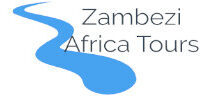
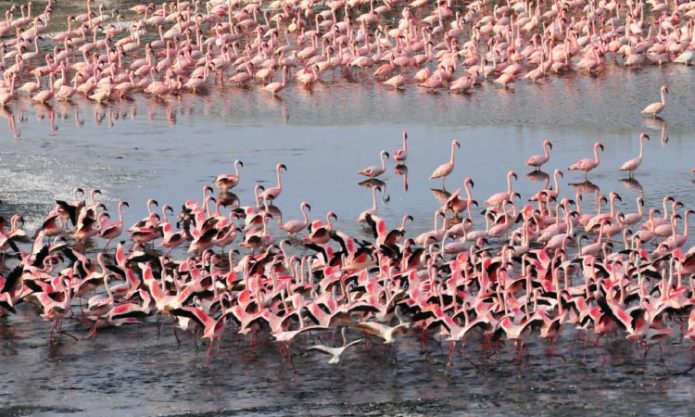
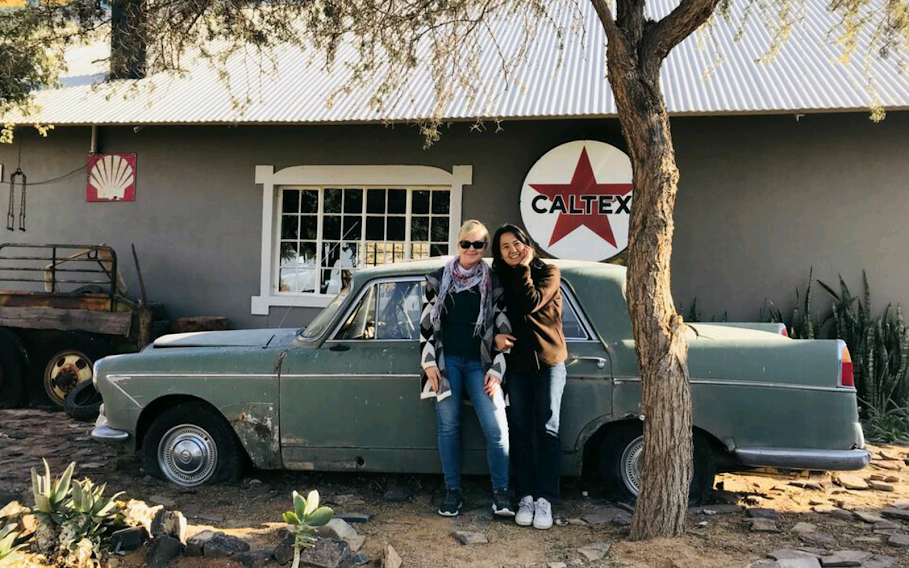
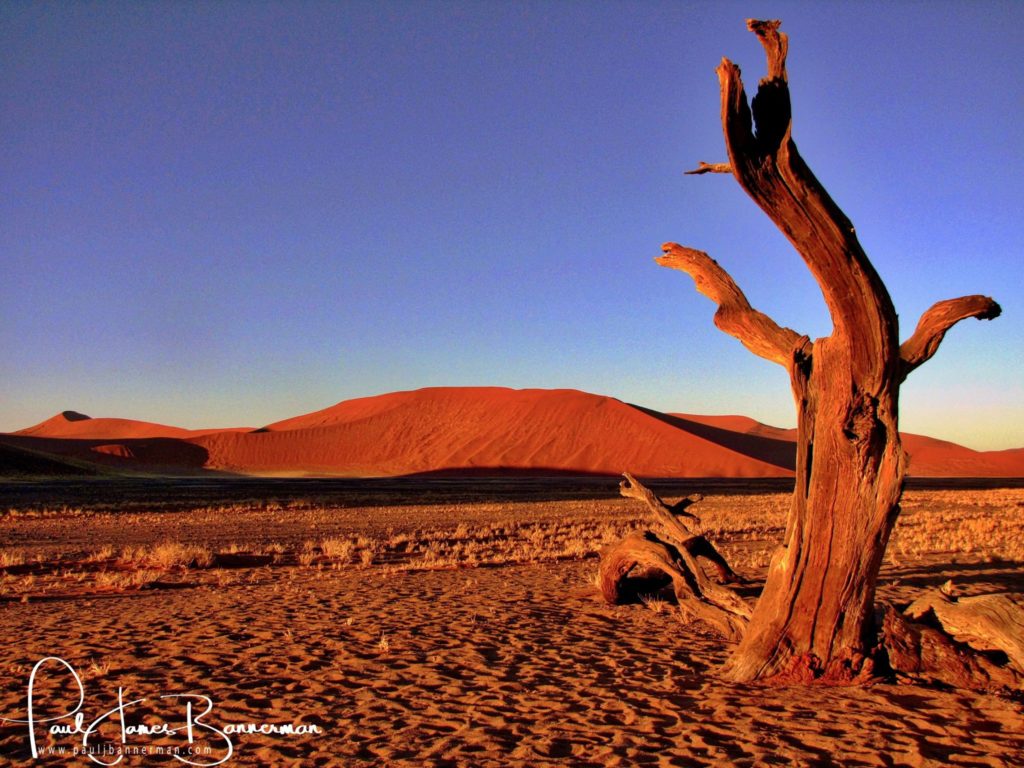

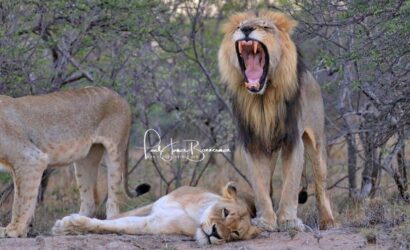
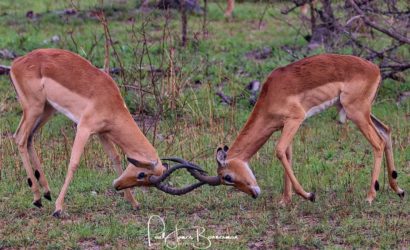
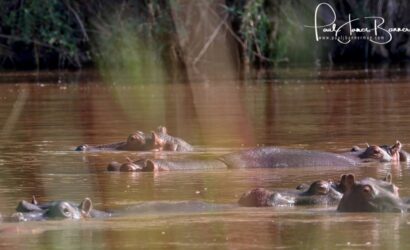
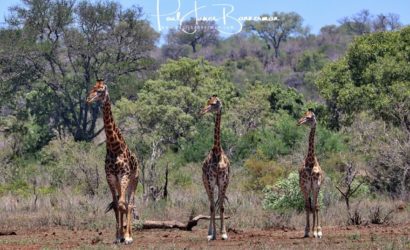
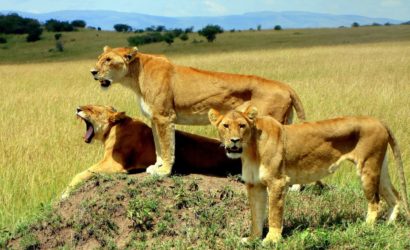
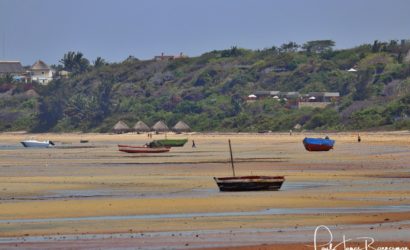
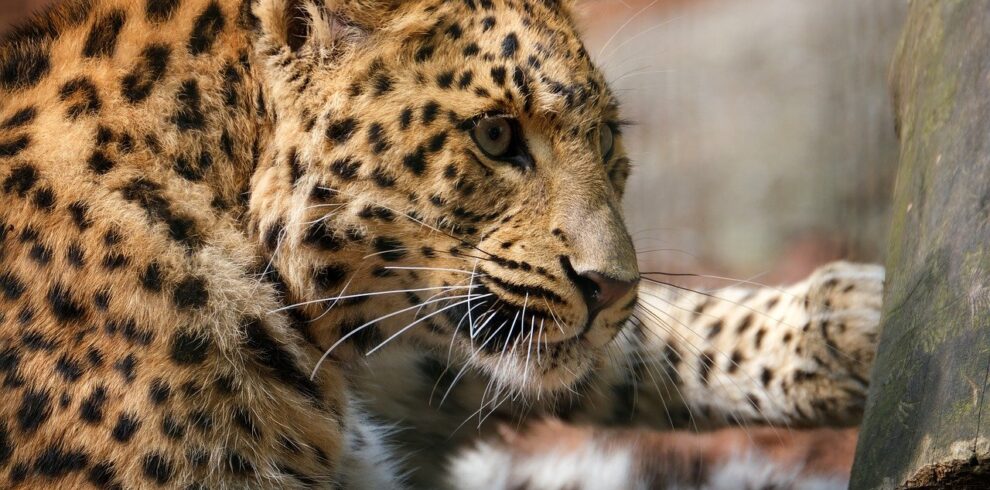
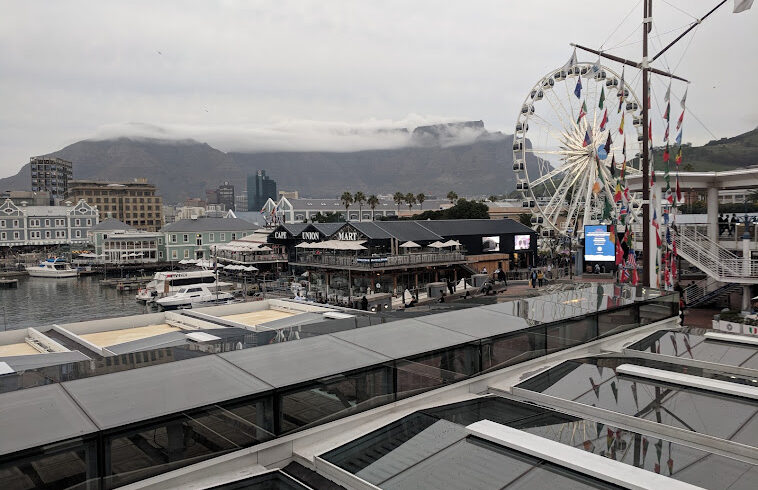
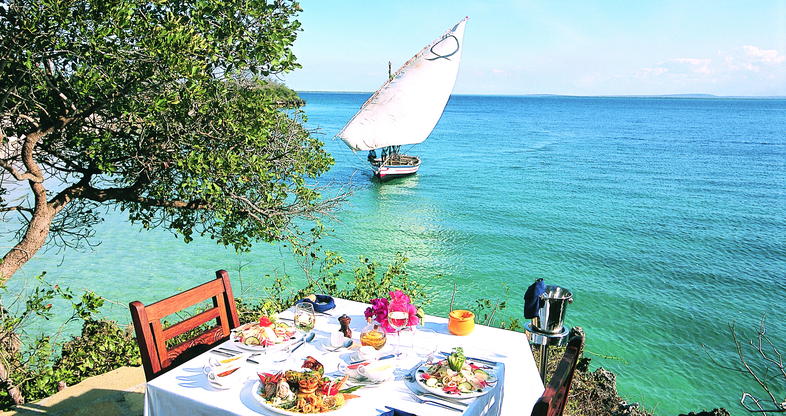
Recent Comments